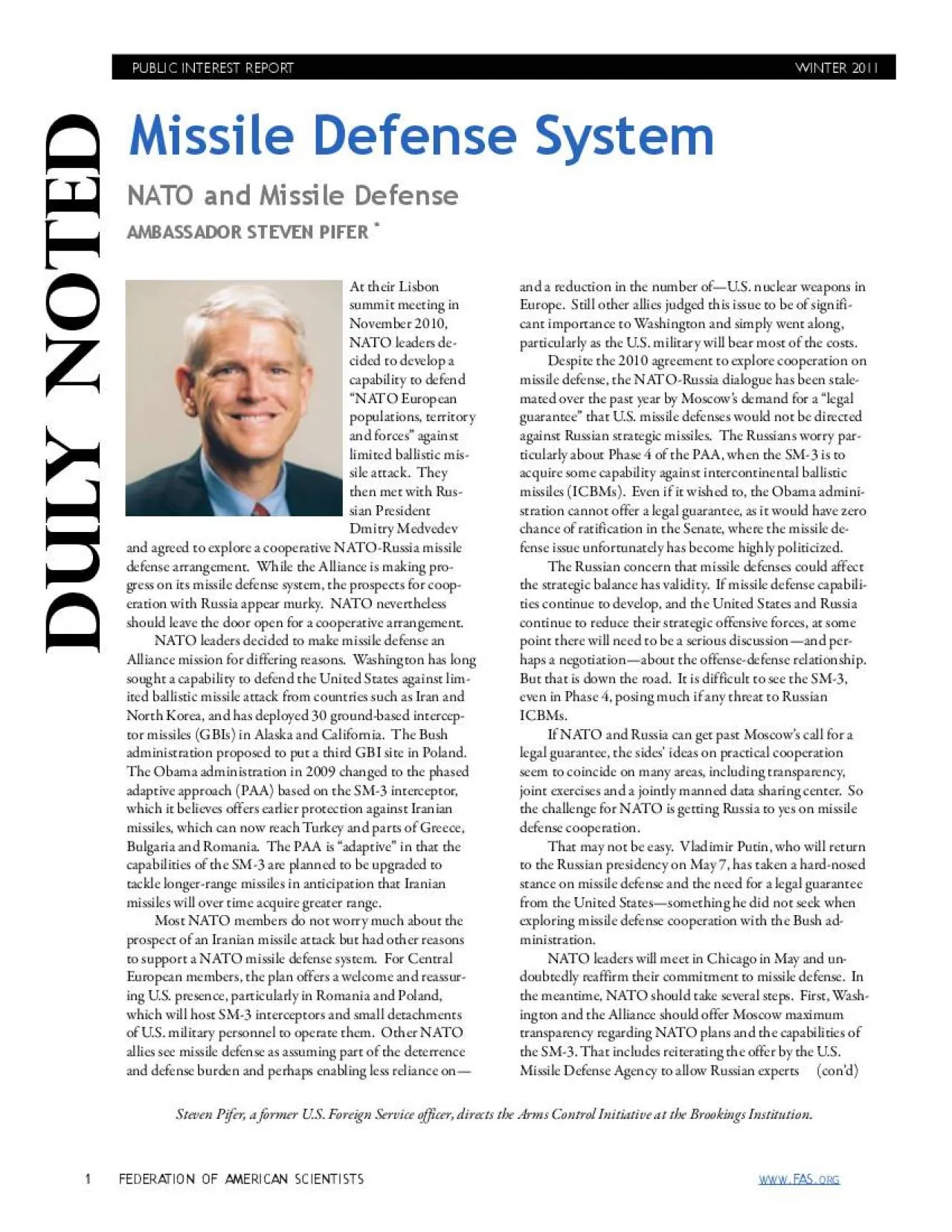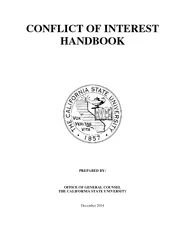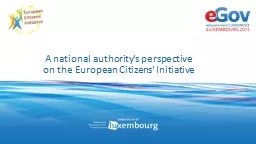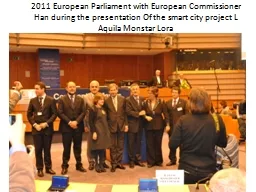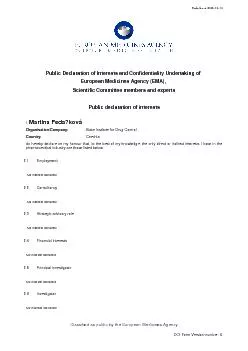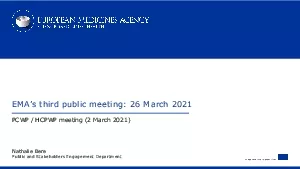PDF-PUBLIC INTEREST REPORT WINTER 2011Russias perspective on the European
Author : norah | Published Date : 2021-10-05
missile defense system according to Russias desires which would be self defeating the United States would make itself vulnerable to North Korean and the future Iranian
Presentation Embed Code
Download Presentation
Download Presentation The PPT/PDF document "PUBLIC INTEREST REPORT WINTER 2011Russia..." is the property of its rightful owner. Permission is granted to download and print the materials on this website for personal, non-commercial use only, and to display it on your personal computer provided you do not modify the materials and that you retain all copyright notices contained in the materials. By downloading content from our website, you accept the terms of this agreement.
PUBLIC INTEREST REPORT WINTER 2011Russias perspective on the European: Transcript
Download Rules Of Document
"PUBLIC INTEREST REPORT WINTER 2011Russias perspective on the European"The content belongs to its owner. You may download and print it for personal use, without modification, and keep all copyright notices. By downloading, you agree to these terms.
Related Documents

